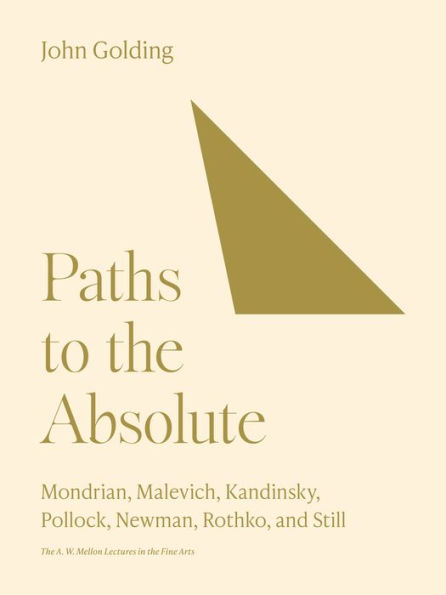5
1

Paths to the Absolute: Mondrian, Malevich, Kandinsky, Pollock, Newman, Rothko, and Still
240
Paths to the Absolute: Mondrian, Malevich, Kandinsky, Pollock, Newman, Rothko, and Still
240eBook
$63.49
$84.00
Save 24%
Current price is $63.49, Original price is $84. You Save 24%.
Related collections and offers
63.49
In Stock

Product Details
| ISBN-13: | 9780691252940 |
|---|---|
| Publisher: | Princeton University Press |
| Publication date: | 10/17/2023 |
| Series: | The A. W. Mellon Lectures in the Fine Arts , #35 |
| Sold by: | Barnes & Noble |
| Format: | eBook |
| Pages: | 240 |
| File size: | 98 MB |
| Note: | This product may take a few minutes to download. |
About the Author
From the B&N Reads Blog
